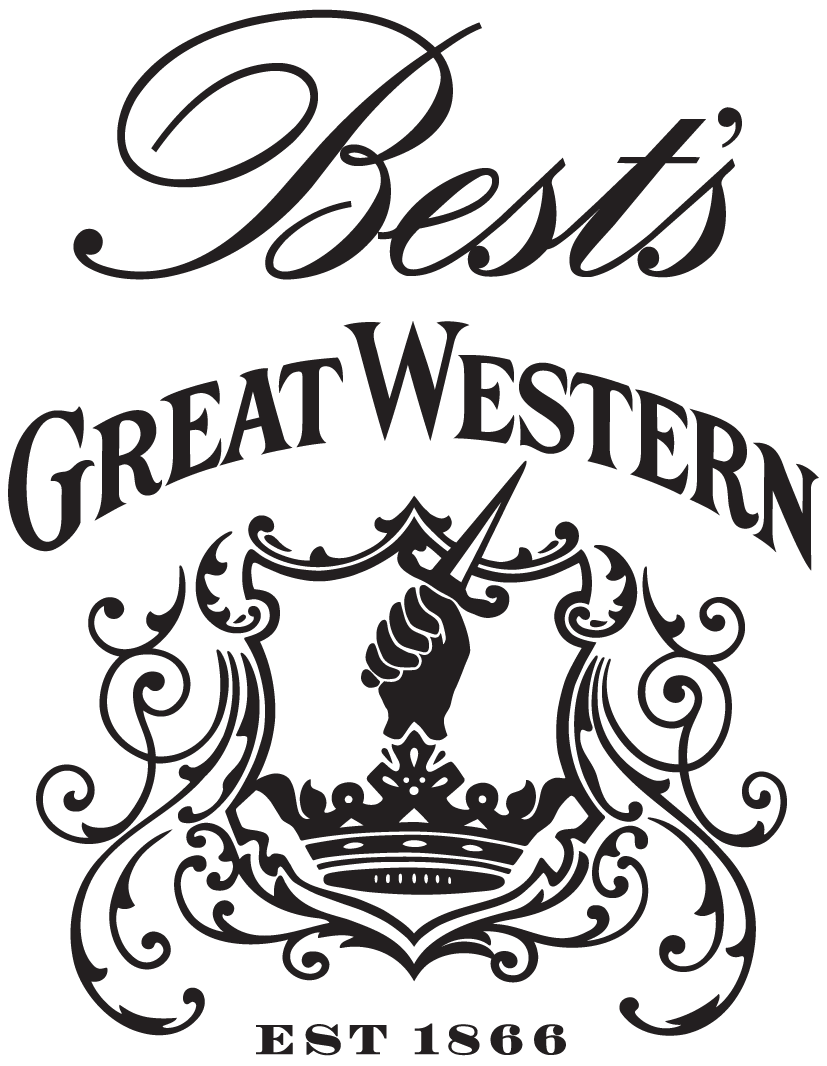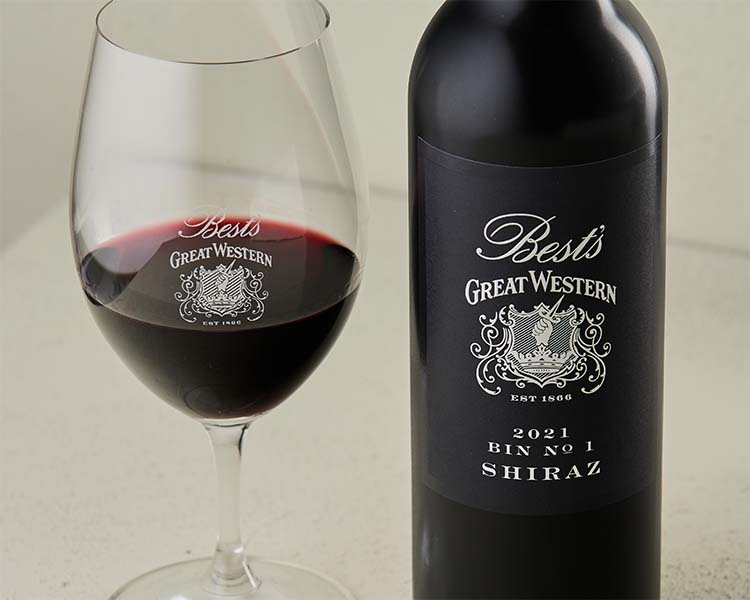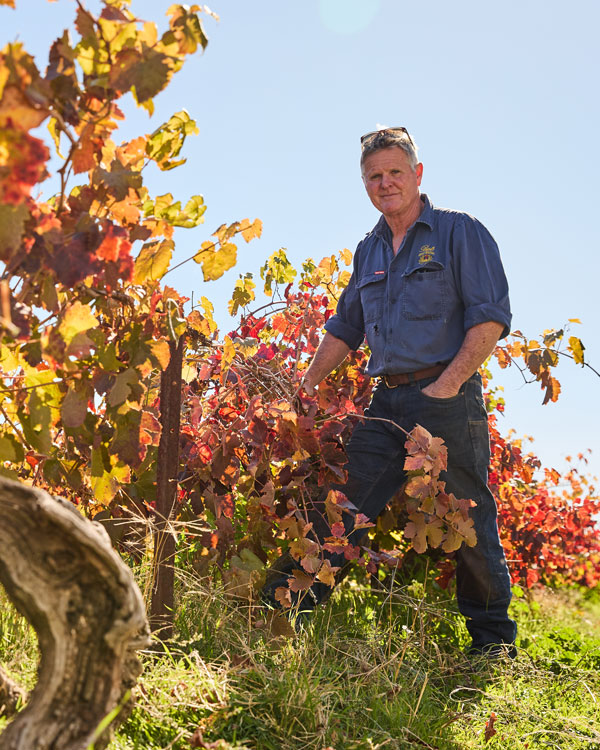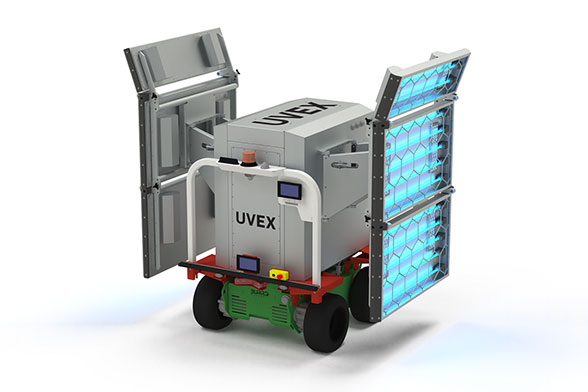The History of Winemaking in Great Western
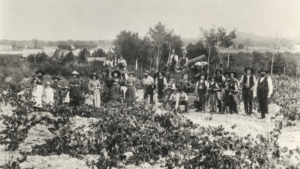
The famous author Mark Twain visited Great Western in 1895 on his tour of the British Empire. When writing his travel book “Following the Equator – A journey around the world”. Mark Twain acknowledged the potential of the fledgling wine region. Noting it’s potential for producing exceptional wine “The Stawell region … had great vineyards but the Great Western is regarded as a model.”
Whilst the Great Western wine region may not be as famous as some of our South Australian, or even local Yarra Valley neighbours. Wine production in our region dates back to the early 1850s. Great Western is home to some of the most famous vineyards in Australia. As a region we’re responsible for pioneering innovation around styles and winemaking techniques. Let us tell you a little bit about the history of our local region…
The Emergence of the Great Western Wine Region
In 1857 Monsieur Durant and another Frenchman established a small vegetable garden on the Concongella Creek in Great Western. They found a good market among the thousands of miners near the Ararat goldfields.
In 1858 their garden was purchased by Jean Pierre Trouette. With the assistance of his wife Marie Blampied and her brother Emile, they set about expanding the property. At the time there were restrictions placed on the sale of land within 7 1/2 miles of gold workings. The miners acting through the Ararat based Mining Board were generally able to prevent any proposed land sales. Trouette had great difficulty obtaining a block at Great Western. It was only after great persistence. That in about 1862, he was permitted to purchase another small allotment on the Concongella Creek (behind where the Great Western Hotel now stands).
Trouette and Blampied began to cultivate vines in 1863 with their first planting of half an acre at a vineyard they call ‘Saint Peters’. A further 4 acres were planted in 1864, followed by 3 acres in 1865, and 7 acres in 1866. The first wine was made in the late 1960s and by then they had 50,000 young vines bearing. It was also a well known site for its extensive orchard, with some 2000 fruit trees as well as olive and chestnut trees.
By the middle 1870’s the St Peters vines were reported as trellised along the Concongella Creek to bamboos. The press was on the double screw principle and was very powerful. A distillery adjoined the press and the refuse was used for fattening cattle and pigs. Six men were employed all the year, about three extra during the vintage.
By 1878 they had 45 acres under vine as well as many fruit trees of numerous varieties. After overcoming some more opposition from the Mining Board. They had been able to expand into a 200 acre block behind their original holding. Quite a significant achievement given the obstacles that they faced.
Without doubt, the families of Trouette and Blampied were instrumental to the foundation of viticulture in the Grampians region.
The Best’s Brothers Legacy
Meanwhile two English brothers, Joseph and Henry Best, established vineyards at Great Western and along the Concongella Creek using some of Trouette’s cuttings. Initially they had moved to the region as butchers. Having set up a slaughter yards on what became known as Slaughter House Road to sell meat to the miners. They had very different background to Trouette and Blampied, coming from quite an illustrious family.
The brothers soon turned their attention to wine. In 1865 Joseph Best established the Great Western Winery and Cellar.
Joseph’s brother, Henry Best was also keen to establish his fortune. In 1866 he purchased 73 hectares of land on a property known as Concongella, planting his first vines in 1868. Known as ‘Best’s Wines’ it became a fully functioning winery by 1893.
The brothers were reportedly close, working together in the early years to establish their respective businesses. Becoming more actively involved in the local community.
Henry was forward thinking about viticulture for his time. Not having a lot of previous learnings to gauge what varieties would thrive. Henry put into the ground every variety that he could lay his hands upon. The names he gave his vines, Mixed Trouette, Black St Peter’s, Bad Bearer, Rough Leaf, Grand Turk and Greenarch – reflected their origin, their physical features or their variety. It wasn’t just the agricultural work that Henry attacked with gusto. He also made his initial wine press from a tree trunk. The tree was fashioned into a lever 30 feet long and two feet in diameter. It was fixed to two upright posts sunk firmly in cement. The lever was worked by a capstan with a three-inch rope. He had excavated a large, egg shaped pit underground, faced it with cement and then covered it. This was his storage vat.
The wines from the Best’s proved popular in Britain and in parts of Europe, winning awards nationally and internationally. In 1873 Joseph Best’s Wines won a gold medal at the 1873 London International Exhibition and a silver at the Melbourne Inter-colonial Exhibition.
The brother’s wine business’ continued to thrive and evolve. In 1870 the Ararat Advertiser reports “two lofty stories sunk beneath the surface’ at Joseph Best’s Great Western Cellar, comprising four tunnels or drives measuring seven feet by four feet produced for the production of sparkling wines.
Sadly, in 1887 Joseph Best passed away. A local Ballarat businessman, Hans Irvine, purchased his winery for the sum of £12,000. He was aware that Trouette and Blampied were already making sparkling wines. Thus he employed former Pommery maker Charles Pierlot from Champagne to produce méthode champenoise sparkling wines. Starting the long history of sparkling wine production in the region. The underground drives continue to be expanded. Lord Hopeton, the Governor of the time opening the new Drives in 1903.
With his wife Mary having passed away. In 1918 Irvine sold Great Western Vineyards to friend Benno Seppelt of Seppeltsfield who resided in South Australia.
The Thomson Family makes their mark
By 1890 there were 120 vignerons in the region. Cultivating 908 hectares in the area, Great Western became known for its fine wines. In 1877 the phylloxera disease decimated wineries in Victoria, particularly in central Victoria. Many wineries never recovered. The Great Western vineyards however were unscathed.
William Thomson from Scotland also settled in Great Western and purchased a winery at Rhymney in 1893 from John Lorimer. After purchasing St Andrews, William set about enhancing and expanding the property into a highly productive winery and orchard. He was helped in his toil by his son, Frederick, who was sixteen when they settled on the property.
In 1920, Frederick became aware that Charles Best was looking to sell the Best’s property. Considering the opportunity too good to pass up he purchased the business. The stock, equipment and the name “Best’s Great Western” for £10,000.
Throughout the 1920s other wineries (including Best’s at Rhymney) focused on fortified wine production. Fortified was in high demand and helped to keep the industry alive through troubled war-time years. It was a period not without challenges, not only had the deteriorating economy reduced the price of wine. But when Seppelt bought Hans Irvine out they shifted production of their brandy to South Australia. This decimated the market for local wineries that sold their wines in bulk. In addition, the Federal Government reduced the export bounty on wine that had supported winemakers exporting their products. Times were tough and many local wineries failed to survive.
The 30s and 40s really were troubled times where the industry struggled to stay afloat post war. Seppelt Winemaker Colin Preece at the time launched a number of wines. Wines like the Moyston Claret, Chalambar Burgundy, Arawatta Riesling and Rhymney Chablis that kept the region periodically in the spotlight. But the consumers really did not grasp these varietal wines.
Viv Thomson reflects about some of the history of the region at the 150th anniversary of Winemaking in Great Western in 2013.
The 50s, 60s and 70s – The Evolution of Table Wines
The 1950s and 60s were buoyant years with table wine now becoming an acceptable beverage. Great Western wines were making their way onto the tables of many Australian consumers. It was worth noting that in the 1960s there were 16 wineries throughout the whole of Victoria. Two of whom came from Great Western (Seppelt and Best’s).
Viv Thomson fondly recalls joining the family business in 1960. Then winemaking was traditionally done by hand, hand harvesting, freighting and despatching via rail.
The industry was on an upward trend. Shiraz was king, aromatic Rieslings became in fashion and wineries could not keep up with the production of Shiraz! Then the consumers changed and wanted white wines! Needless to say that the first job for Trevor Mast when he was appointed winemaker at Best’s was to make white wine out of Shiraz. Technology changed dramatically with the invention of refrigeration and better filtration. Wine really took off in Australia and plantings grew exponentially.
Great Western Winemaking Today
Winemaking has evolved quite considerably since the early days of Trouette and Blampied. The region became well known for pioneering varietals like our famous Sparkling Shiraz and pushing forward with innovations in style. Many have played a part at putting the region on the map. Not only our own Viv Thomson, but other peers who have worked collaboratively to help raise the profile of the region including Colin Preece, Ian Mackenzie and Trevor Mast.
Today, there are 44 grape producers in the region. With the acreage under vines being similar to that of the early days. Winemaking remains one of the most important industries in the area.
Best’s is one of the founding wineries still located in Great Western, together with Seppelt, AT Richardson and Grampians Estate. There are also wineries producing wine from the region but with no Cellar Doors including Kimbarra, Black and Ginger, Clarnette and Ludvigson, Miners Ridge and One Tonne Wines.
We are immensely proud that Best’s Wines are still going strong and celebrated 150 years of winemaking in 2016. We are one of Australia’s oldest continually family owned and operated wineries. Best’s Wines are now the only operating winery/vineyard in Great Western. Best’s Wines have some of the oldest grape vines in Australia.
